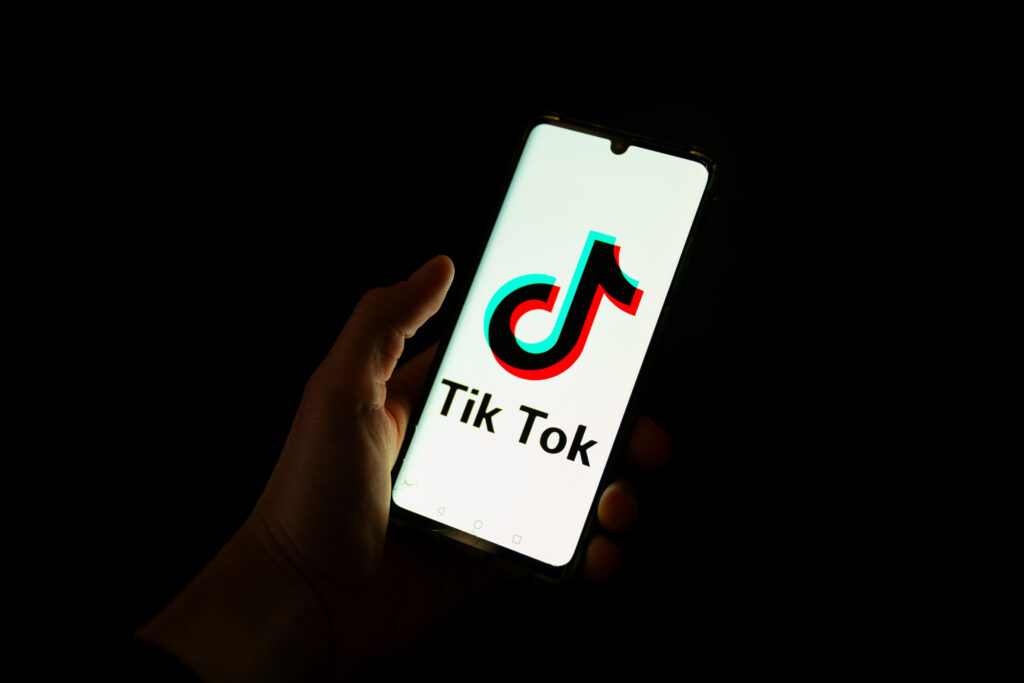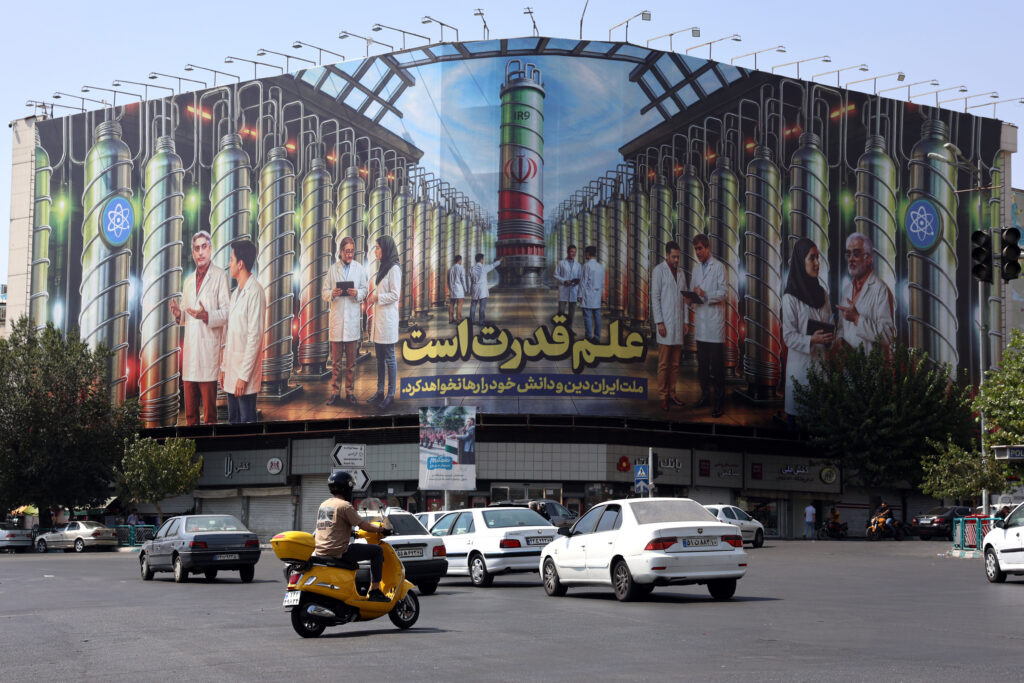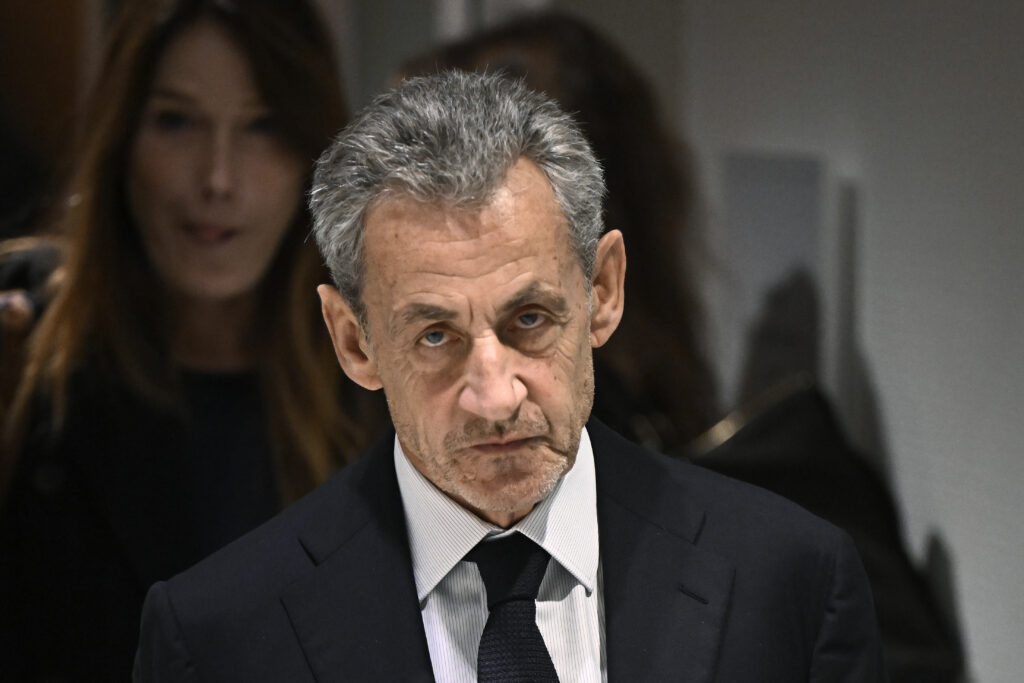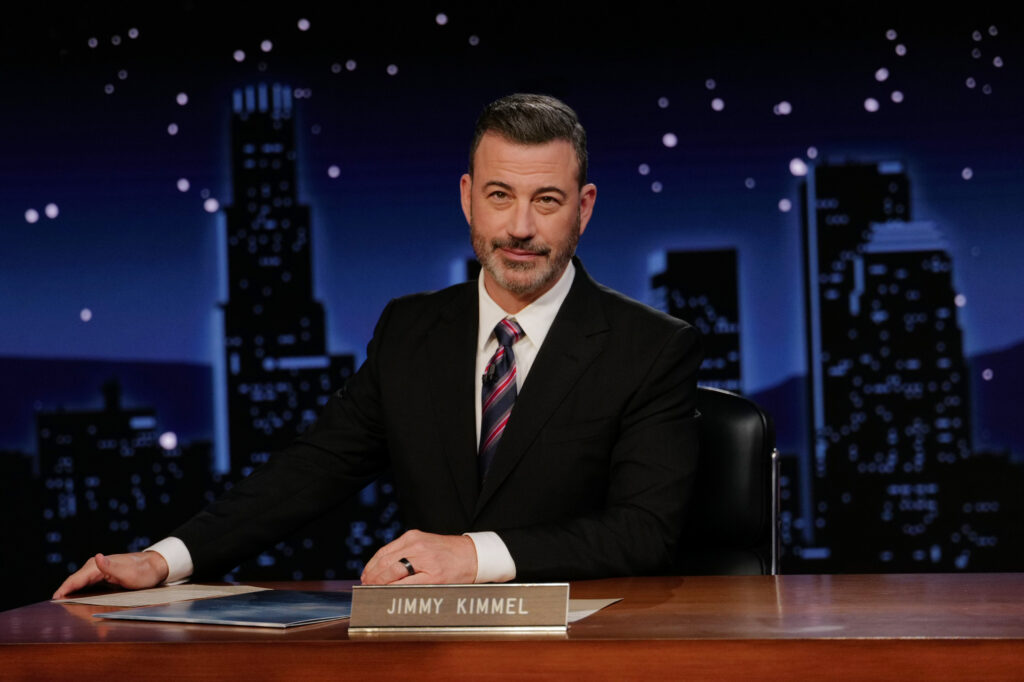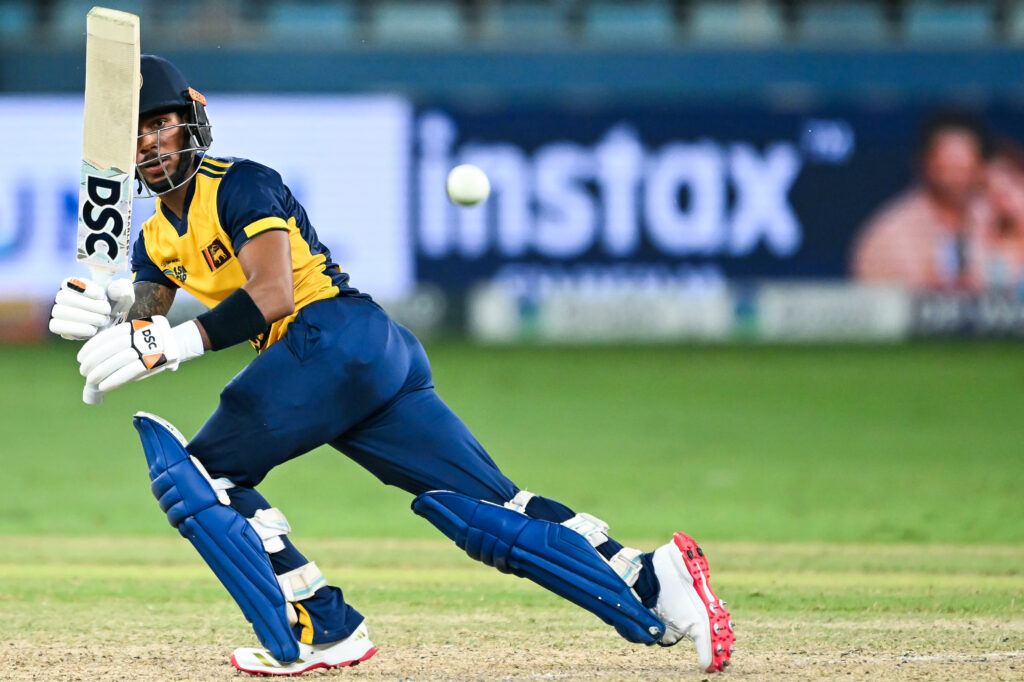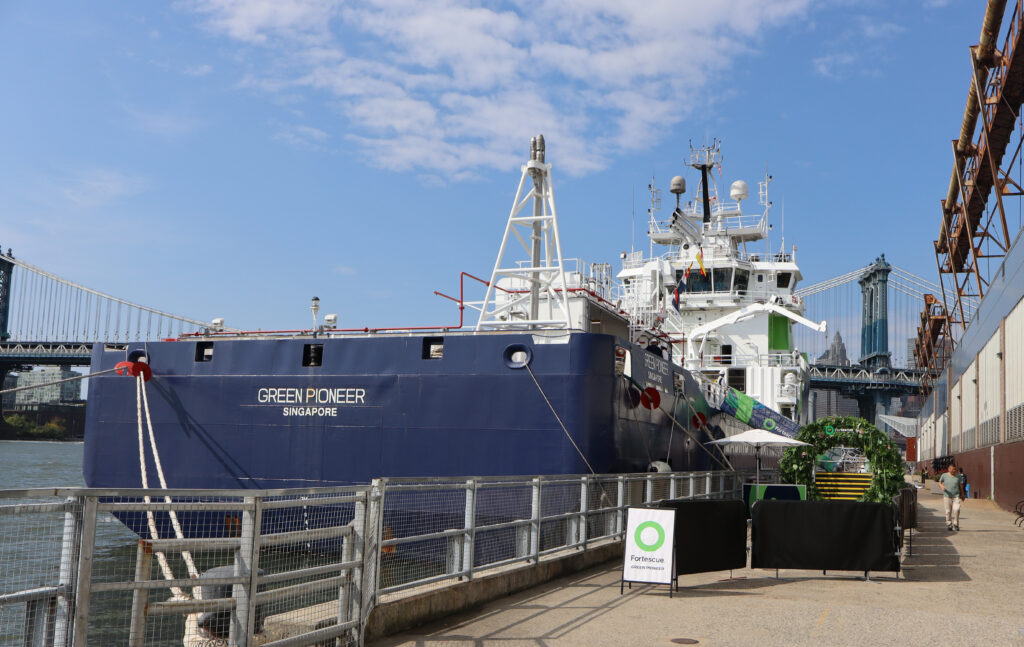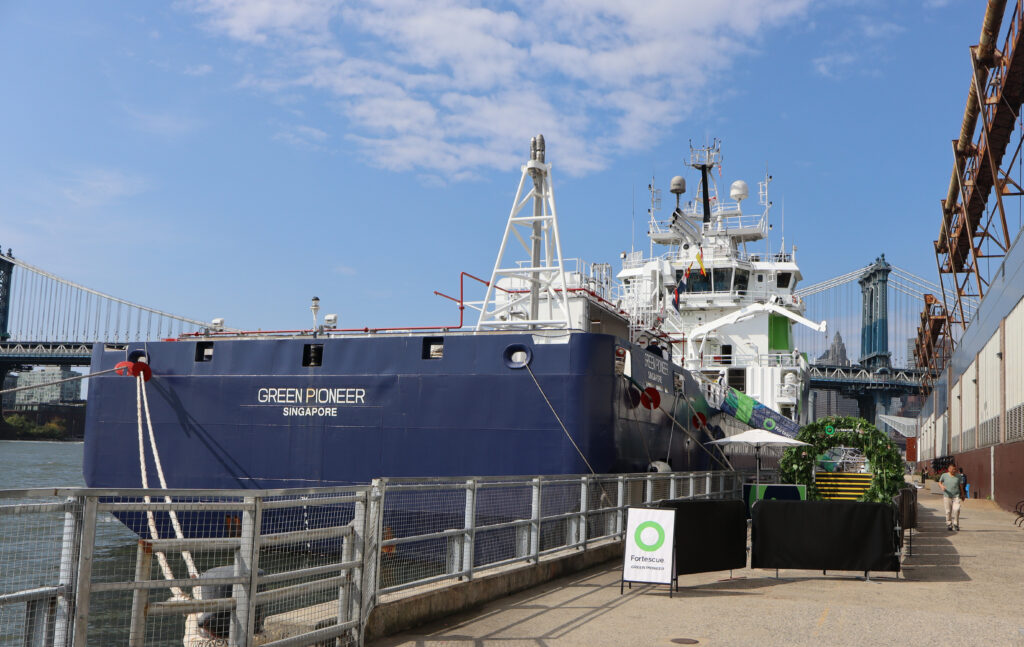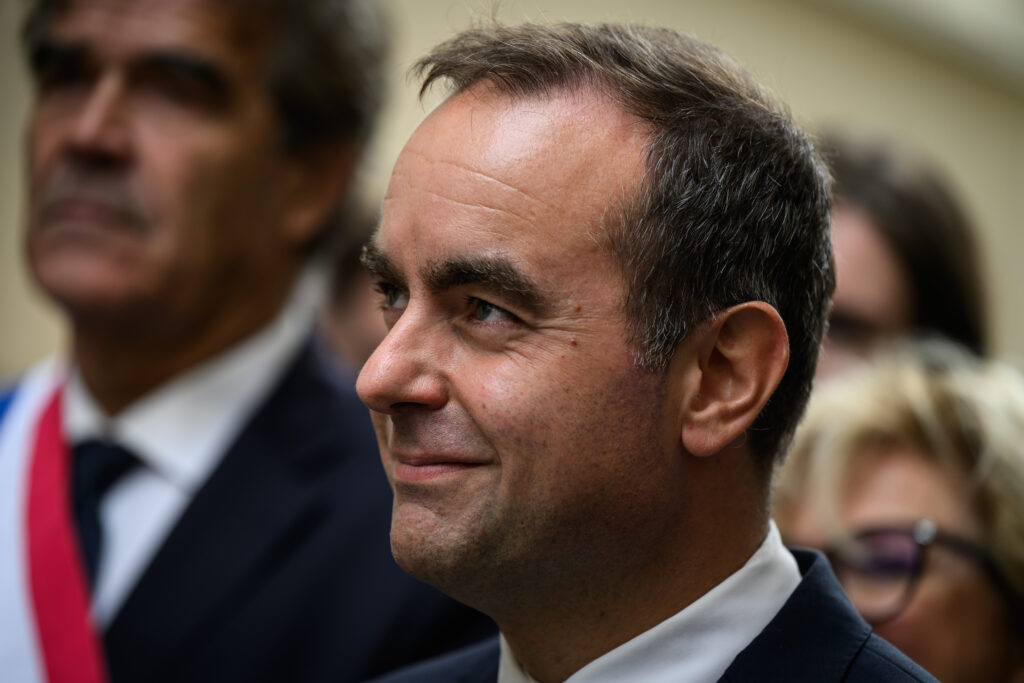More questions than answers surround Trump’s TikTok deal
President Donald Trump insists he has found a solution to keep TikTok alive in the United States through a group of investors who will buy the short-video app from its Chinese owners in accordance with US law.But questions remain unresolved about how this will play out and what it means for American users.- Is there actually a deal? -Any sale of TikTok’s US operations would require Chinese owner ByteDance to divest. That would need approval from China’s government, which is reluctant to see a national champion forced out of its largest market as a trade war rages with an increasingly protectionist Trump.While the Trump administration has insisted that China has accepted a deal for the sale, there has been no confirmation from Beijing. Queries to TikTok and ByteDance have gone unanswered.”This deal is still very confusing in terms of what is exactly going on,” University of Florida media professor Andrew Selepak told AFP.- Is Trump taking over TikTok? -In an executive order signed on Thursday, the White House outlined a deal centered on key investors with close ties to the president.Trump has specifically named Oracle CEO Larry Ellison, a longtime ally and the world’s second-richest man, as a major player in the arrangement. For decades, Ellison has been one of Silicon Valley’s few high-profile Republicans in a tech sector dominated by liberal politics.Ellison is returning to the spotlight through his dealings with Trump, who has brought his old friend into major AI partnerships with OpenAI, for example. The 81-year-old has also backed his son David’s acquisition of Hollywood studio Paramount and is reportedly eyeing Warner Brothers.The investor group also includes 94-year-old media mogul Rupert Murdoch and his son Lachlan, who control Fox News.Whether this signals a conservative rebranding of TikTok — a platform Trump credits with helping him reach young voters — remains unclear. Trump denied this possibility on Thursday.The prospect of a right-wing shift, or increased government intervention in media, has raised concerns that key platforms are falling under conservative control, potentially limiting diverse viewpoints in a bitterly divided America.The fate of TikTok will be decided amid major shifts across social media platforms. Elon Musk has transformed X (formerly Twitter) into a vehicle for far-right politics, driving away many establishment media outlets and liberal users.Meanwhile, Meta’s Mark Zuckerberg has aligned with Trump and overhauled content moderation on Facebook and Instagram to address Republican claims of anti-conservative bias.- Why so cheap? – At Thursday’s White House ceremony, Vice President JD Vance pegged the deal at $14 billion. That’s a surprisingly low figure given Twitter’s $44 billion valuation when it sold and TikTok’s unique reach among young consumers in the world’s largest economy.Bloomberg reporting helped shed light on the modest price tag: unnamed sources indicated that ByteDance would retain significant value through an expensive licensing arrangement, potentially receiving about half of the new company’s profits even if the company would hold just a 20 percent stake, according to Trump’s plan.Such terms could trigger alarm in Washington, where some lawmakers could scrutinize whether any sale meets the requirements of the divest-or-ban law that should have taken effect in January but has been repeatedly delayed since Trump took office.And confusingly, the executive order announced Thursday extended the deadline to ban TikTok until mid-January to finalize a deal that the Trump administration simultaneously claimed was already complete.John Moolenaar, the Republican chairman of the House Foreign Affairs Committee, reiterated this point on Friday and warned that he would be “conducting full oversight over this agreement.””ByteDance has shown time and again that it is a bad actor,” he said.The Trump plan “offers vague assurances about protecting US national security but provides virtually no specifics,” said Carl Tobias of the University of Richmond School of Law.Adding to skepticism: Ellison’s Oracle already manages TikTok’s data servers from an earlier attempt to address US security concerns. Critics question whether this deal changes anything substantive.
